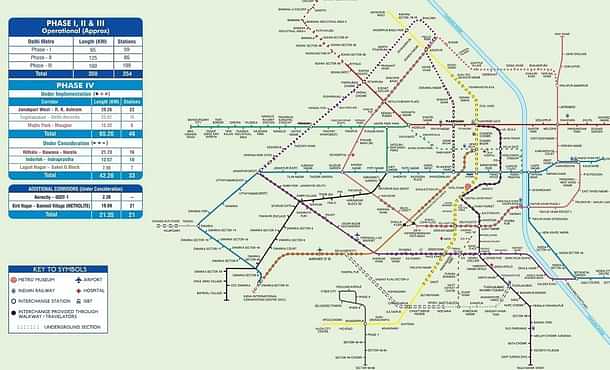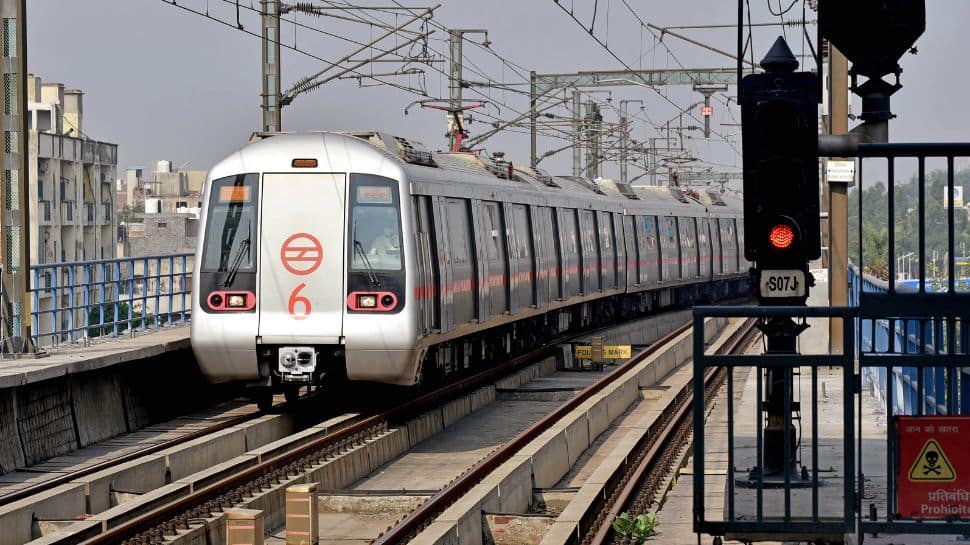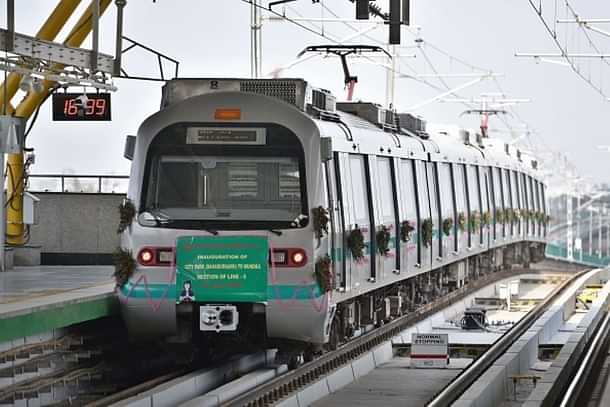The Delhi Metro Rail Corporation (DMRC) is racing ahead with its ambitious Phase IV expansion project, which promises to reshape connectivity across the National Capital Region (NCR). Covering 112 km with six new corridors, the project carries an estimated cost of Rs 24,948.65 crore and aims to enhance last-mile connectivity, especially for emerging housing hubs in West Delhi and Faridabad.
What’s Coming in Phase IV?
The expansion will introduce 44 new stations across South, Central, and East Delhi. Importantly, three priority corridors are already under construction and expected to be operational by March 2026, while the remaining lines are set for completion by 2028.

The Three Priority Corridors
Janakpuri West – RK Ashram Marg (28.92 km, 22 stations)
Key Stations: Krishna Park Extn, Paschim Vihar, Mangol Puri, Madhuban Chowk, Prashant Vihar, Azadpur, Pulbangash, Sadar Bazar, Nabi Karim, and Ramakrishna Ashram Marg.
Update: A 2.5 km stretch (Janakpuri West to Krishna Park Extension) was opened in September 2024.
Maujpur – Mukundpur (12.55 km, 8 stations)
Stations: Yamuna Vihar, Bhajanpura, Khajuri Khas, Sonia Vihar, Soorghat, Jagatpur Village, Jharoda Majra, and Burari.
Delhi Aerocity – Tughlaqabad (23.62 km, 15 stations)
Stations: Mahipalpur, Vasant Kunj, Kishangarh, Chhatarpur, IGNOU, Neb Sarai, Saket G Block, Ambedkar Nagar, Khanpur, Sangam Vihar-Tigri, Anand Mayee Marg Junction, Tughlakabad Railway Colony, and Tughlakabad.

Construction Highlights
28 km of underground corridors are being built under Phase IV.
65 km of additional lines will expand DMRC’s network, boosting interconnectivity across the city.
The project will link new residential hubs with commercial and educational centers, easing traffic congestion.
Timeline at a Glance
By March 2026: Janakpuri West–RK Ashram, Maujpur–Mukundpur, and Aerocity–Tughlaqabad corridors operational.
By 2028: All six corridors completed, transforming Delhi Metro into an even more expansive and reliable urban lifeline.
Once completed, Delhi Metro Phase IV will not only cut travel time but also redefine connectivity, making Delhi’s public transport system among the most advanced in the world.


